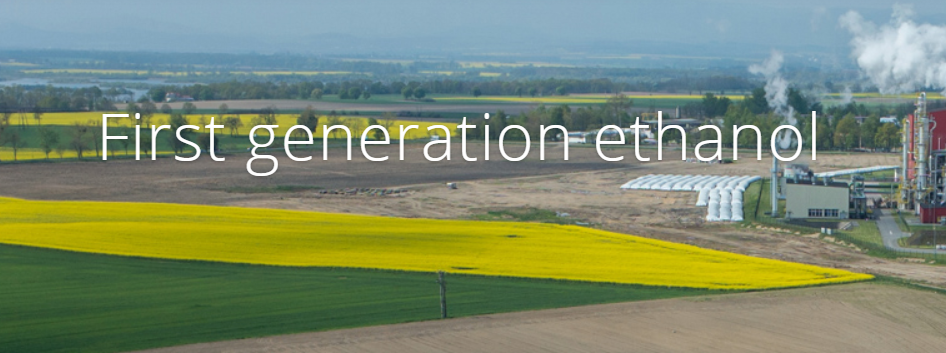Every ethanol plant spends millions on amylases.
Wheat, corn, cassave, cane and sugarbeet are common feedstocks for first generation ethanol production. As sugars are converted into ethanol by yeast, the starch in wheat, corn or cassave needs to be saccharified first to release the sugar molecules. The saccharification of starch into sugars is mainly carried out by two amylases: α-amylase and glucoamylase. α-Amylase is used for the liquefaction of starch based mashes and slurries into lower chain length dextrins. Subsequently, the glucoamylase is generally used together with the yeast in SSF (simultaneous saccharification and fermentation) to produce ethanol from the dextrins.
Under the mild conditions of the fermentation, the lifetime of the glucoamylase can be several months. In practice the glucoamylase is only used for two to three days, which is the time span of one fermentation. Needless to say that there is an enormous potential gain in enzyme immobilization and re-use.
To overcome separation difficulties, CLEA Technologies has developed ferromagnetic immobilized enzymes (mCLEAs) that can be recovered by applying a magnetic force. Cost effective, profitable and applicable to glucoamylases of different origin.
You can find more information on our mCLEA technology here.

